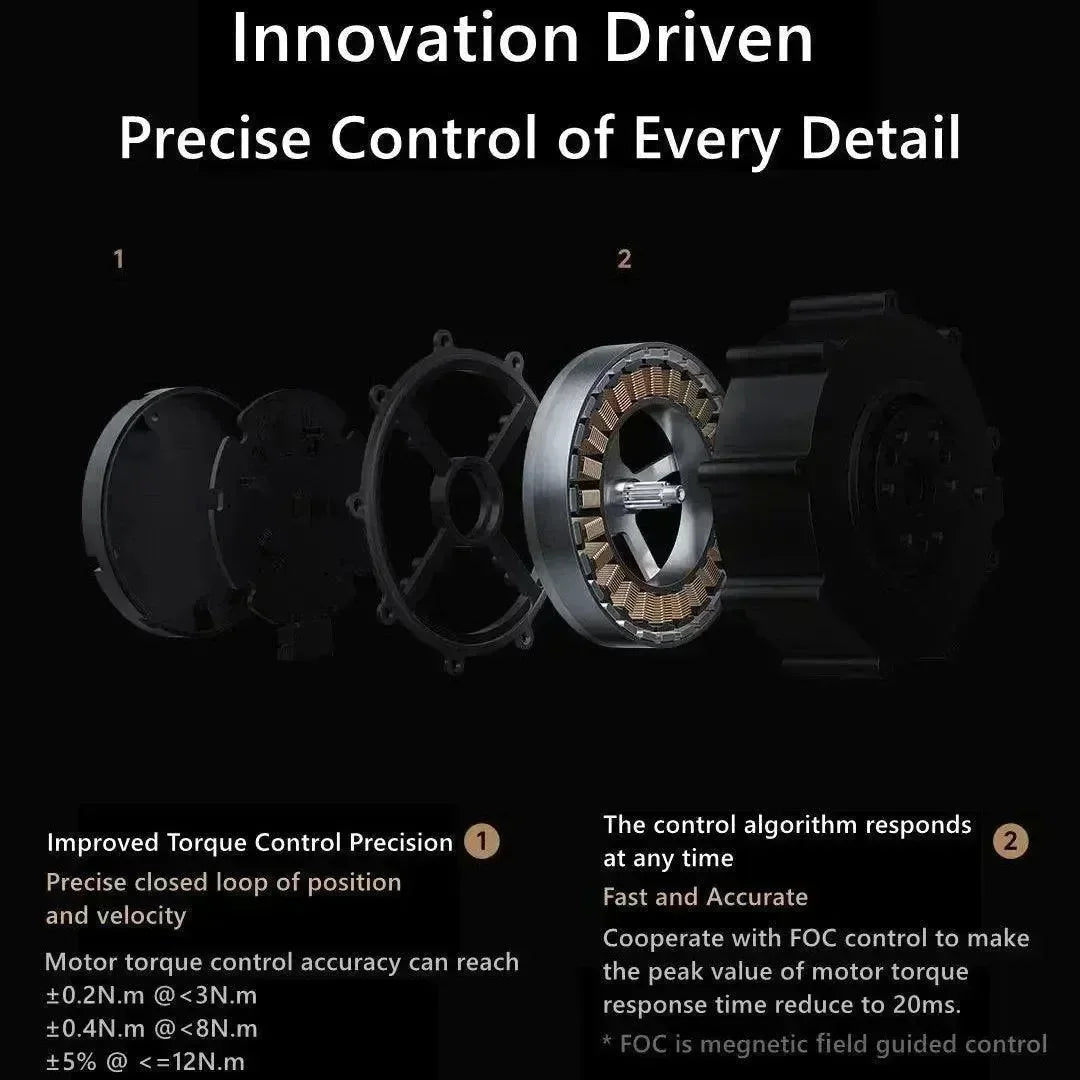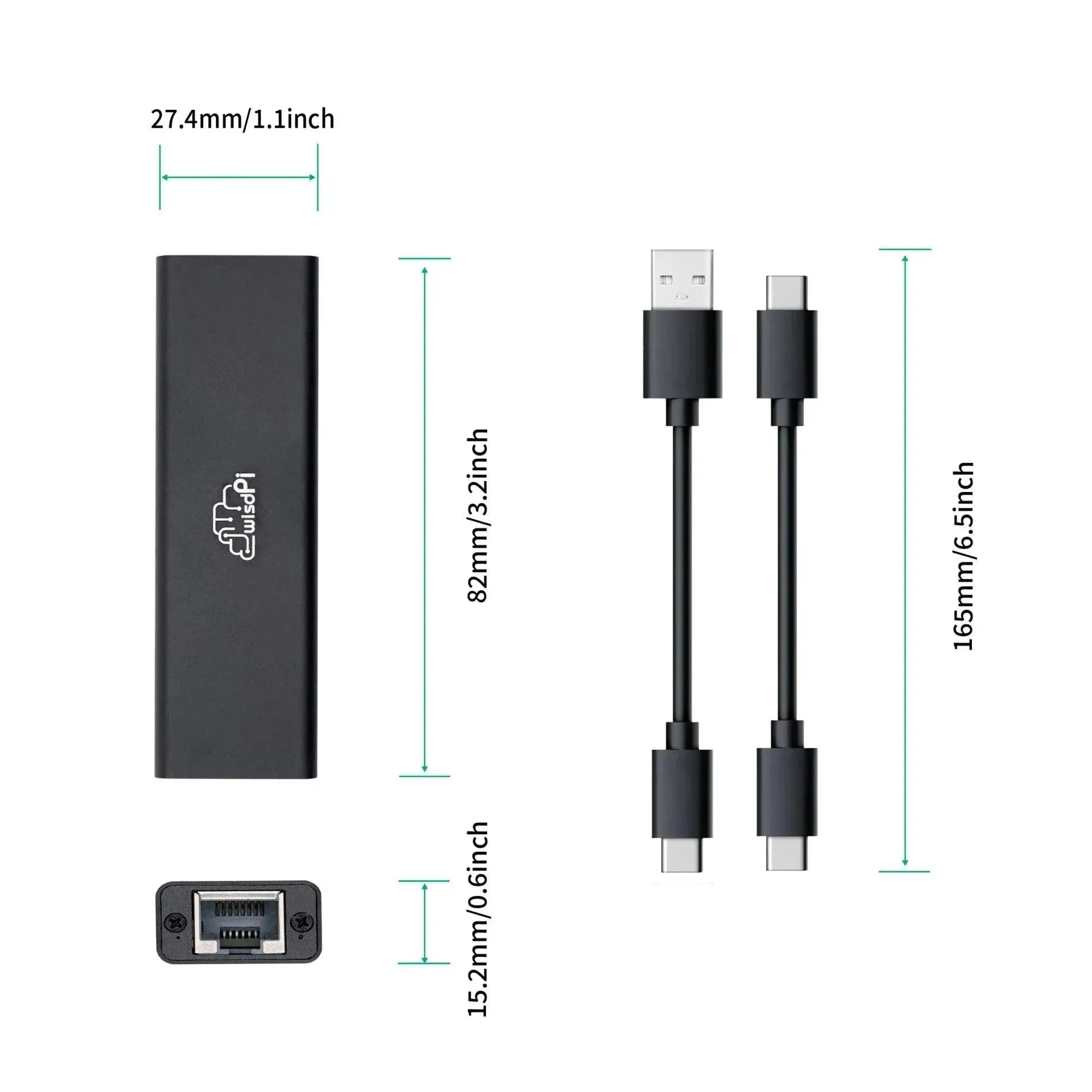
RPI Robot Project Structure
The RPI Robot project features a well-organized code structure, making it easy for developers to navigate and modify. Below are the main components of the project:
1. device.py
- This module defines the interface for interacting with the robot hardware, including functions for controlling motors and reading sensor data.
2. main.py
- The main program is responsible for starting the web server, processing user commands, and calling functions from
device.pyto control the robot.
3. twowheel.py
- This script provides the control methods for a two-wheel drive robot chassis, enabling smooth movement and control.
4. install.sh
-
A script for installing necessary dependencies is required to run the project smoothly.
5. rpi-robot.sh
A startup script is used to launch the robot service, ensuring the system initializes correctly for operation.

Function Overview
-
Remote Control:
- Users can control the robot remotely through a web interface, accessible via a smartphone or computer browser.
-
Face Tracking:
-
The robot is equipped with a camera to detect and track faces, automatically adjusting its direction to follow the target.
How to Use
1. Install Dependencies:
First, you need to install the required dependencies on your Raspberry Pi. Run the following command:
bash install.sh
The script will automatically install Python, TensorFlow, Flask, and other essential libraries, including OpenCV for image processing.
2. Start the Robot:
bash rpi-robot.sh
3. Remote Control:
Once the robot is running, access the web interface by visiting: http://<你的树莓派IP地址>:5000
From there, you can control the robot remotely using a web browser on your smartphone or computer.
Face Tracking Feature
Project Features
The RPI Robot project offers the following features:
-
Beginner-Friendly:
-
The project is easy to understand, making it accessible even for those with no prior experience in robotics development.
-
-
Powerful Functionality:
-
It provides practical features such as remote control and face tracking, laying a solid foundation for further development.
-
-
High Extensibility:
-
With a clear code structure, developers can easily add new features as needed.
-
Application Scenarios
The RPI Robot project can be used in various robotics applications, including:
-
Education:
-
Ideal for teaching robotics, helping students learn robot control and programming skills.
-
-
Entertainment:
-
Build a face-tracking robot to interact with people and provide entertainment.
-
-
Security:
-
Use the robot as an intelligent patrol robot with face recognition to enhance security.
-
Conclusion























































































